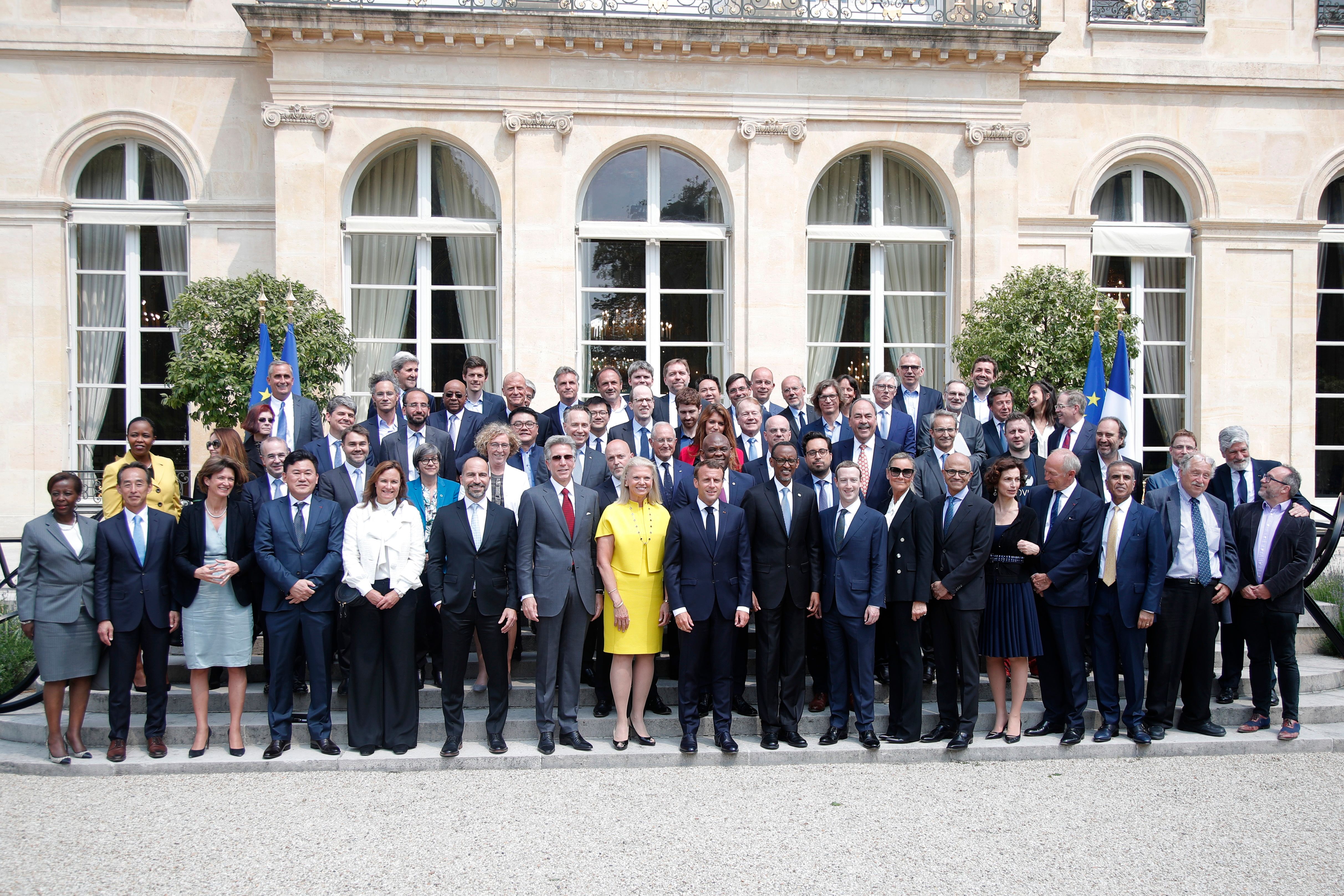How Smart City Infrastructure Begins with Strategic Research
The Urgent Need for Modern Infrastructure
Across the United States, critical city, state, and federal infrastructure systems are struggling to keep pace with technological advancements. Despite significant investments, many systems remain outdated—some relying on decades-old frameworks with new technologies merely layered on top. This stagnation stems from:
- Complex liability structures
- Jurisdictional interoperability challenges
- Security concerns about large-scale upgrades
- Risk mitigation efforts
The demand for efficient, real-time responsive urban systems is clear, but achieving true smart city transformation requires innovative technological solutions.
Distributed Ledger Technology: A Game-Changer for Urban Infrastructure
Distributed Ledger Technology (DLT) offers unique advantages for modernizing city infrastructure:
✔ Lightweight implementation (vs. bulky server-dependent systems)
✔ Node-level deployment (including traffic sensors and other IoT devices)
✔ Enhanced privacy oversight
✔ Improved security protocols
This technology provides the foundation for secure, scalable infrastructure upgrades without the heavy footprint of traditional systems.
Key Benefits of Smart City Infrastructure
Smart infrastructure empowers local governments to:
- Enhance quality of life for residents
- Support local businesses through streamlined operations
- Create visitor-friendly environments with reduced friction
- Optimize revenue streams through intelligent systems
Transportation: A Prime Example
The pandemic dramatically altered transportation patterns, reducing:
- Toll revenues
- Parking fees
- Public transit usage
This shift presents an opportunity to reimagine urban mobility with technologies like:
- Green Link Determining Systems (Singapore model)
- Smart Parking Guidance Systems
- Expressway Monitoring Networks
Innovative approaches could include:
- Business-linked parking incentives (discounts for nearby retailers)
- Dynamic traffic flow optimization
- Integrated delivery service coordination
Overcoming Jurisdictional Fragmentation
U.S. infrastructure ownership presents unique challenges:
| Jurisdiction | Infrastructure Responsibility |
|---|---|
| Cities | Local roads, parking systems |
| States | Highways, tolling systems |
This fragmentation creates:
- Data silos between systems
- Inefficient transitions between highway and city routes
- Missed optimization opportunities
DLT offers a solution by serving as a lightweight “connective tissue” between disparate systems while maintaining security and privacy.
Addressing Implementation Risks
Privacy Concerns
While cities like Hong Kong demonstrate smart infrastructure efficiency, their surveillance applications raise legitimate privacy concerns. Proper research must balance:
- System effectiveness
- Citizen privacy protections
Cybersecurity Threats
Municipal leaders rightly fear:
- Ransomware attacks
- System vulnerabilities
- Public safety compromises
The Research Imperative
The EU’s approach offers valuable lessons with:
- 100+ regulatory testing labs
- Sandbox environments for technology trials
- Collaborative development models
By contrast, the U.S. lacks:
- A coordinated national testing network
- Agile development frameworks
- Cost-effective evaluation processes
Pioneering U.S. Cities
Several municipalities are leading the way:
- Palo Alto, CA - Developed smart infrastructure focused on resident needs
- Austin, TX - Implementing smart transportation initiatives
These examples prove that progress is possible with:
- Committed leadership
- Strategic partnerships
- Willingness to retire outdated systems
The Path Forward
Building smart city infrastructure requires:
- Comprehensive research to validate technologies
- Collaborative testing environments
- Phased implementation strategies
- Ongoing system evaluations
While national coordination would accelerate progress, local initiatives demonstrate that forward-thinking cities can begin their smart infrastructure journeys today—provided they invest in proper research and embrace technological transformation.












